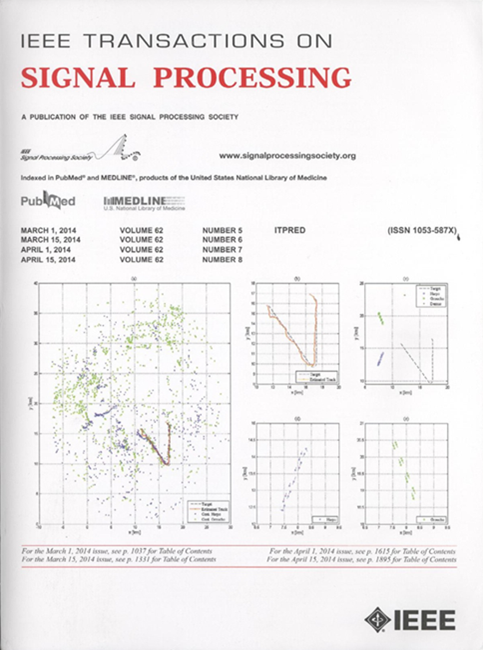An Efficient Benders Decomposition Approach for Optimal Large-Scale Network Slicing
IF 4.6
2区 工程技术
Q1 ENGINEERING, ELECTRICAL & ELECTRONIC
引用次数: 0
Abstract
This paper considers the network slicing (NS) problem which attempts to map multiple customized virtual network requests to a common shared network infrastructure and allocate network resources to meet diverse service requirements. This paper proposes an efficient customized Benders decomposition algorithm for globally solving the large-scale NP-hard NS problem. The proposed algorithm decomposes the hard NS problem into two relatively easy function placement (FP) and traffic routing (TR) subproblems and iteratively solves them enabling the information feedback between each other, which makes it particularly suitable to solve large-scale problems. Specifically, the FP subproblem is to place service functions into cloud nodes in the network, and solving it can return a function placement strategy based on which the TR subproblem is defined; and the TR subproblem is to find paths connecting two nodes hosting two adjacent functions in the network, and solving it can either verify that the solution of the FP subproblem is an optimal solution of the original problem, or return a valid inequality to the FP subproblem that cuts off the current infeasible solution. The proposed algorithm is guaranteed to find the globally optimal solution of the NS problem. By taking the special structure of the NS problem into consideration, we successfully develop two families of valid inequalities that render the proposed algorithm converge much more quickly and thus much more efficient. Numerical results demonstrate that the proposed valid inequalities effectively accelerate the convergence of the decomposition algorithm, and the proposed algorithm significantly outperforms the existing algorithms in terms of both solution efficiency and quality.优化大规模网络切片的高效本德斯分解法
本文探讨了网络切片(NS)问题,该问题试图将多个定制的虚拟网络请求映射到一个共同的共享网络基础设施,并分配网络资源以满足不同的服务需求。本文提出了一种高效的定制 Benders 分解算法,用于全局求解大规模 NP-硬 NS 问题。该算法将困难的 NS 问题分解为两个相对容易的功能放置(FP)和流量路由(TR)子问题,并通过相互之间的信息反馈进行迭代求解,因此特别适用于解决大规模问题。具体来说,FP 子问题是将服务功能放置到网络中的云节点中,求解该子问题可以返回一个功能放置策略,在此基础上定义 TR 子问题;TR 子问题是寻找连接网络中承载两个相邻功能的两个节点的路径,求解该子问题可以验证 FP 子问题的解是原问题的最优解,或者返回 FP 子问题的有效不等式,切断当前的不可行解。所提出的算法能保证找到 NS 问题的全局最优解。考虑到 NS 问题的特殊结构,我们成功地开发了两个有效不等式系列,使提出的算法收敛得更快,从而更有效。数值结果表明,所提出的有效不等式有效地加快了分解算法的收敛速度,而且所提出的算法在求解效率和质量方面都明显优于现有算法。
本文章由计算机程序翻译,如有差异,请以英文原文为准。
求助全文
约1分钟内获得全文
求助全文
来源期刊

IEEE Transactions on Signal Processing
工程技术-工程:电子与电气
CiteScore
11.20
自引率
9.30%
发文量
310
审稿时长
3.0 months
期刊介绍:
The IEEE Transactions on Signal Processing covers novel theory, algorithms, performance analyses and applications of techniques for the processing, understanding, learning, retrieval, mining, and extraction of information from signals. The term “signal” includes, among others, audio, video, speech, image, communication, geophysical, sonar, radar, medical and musical signals. Examples of topics of interest include, but are not limited to, information processing and the theory and application of filtering, coding, transmitting, estimating, detecting, analyzing, recognizing, synthesizing, recording, and reproducing signals.
 求助内容:
求助内容: 应助结果提醒方式:
应助结果提醒方式:


